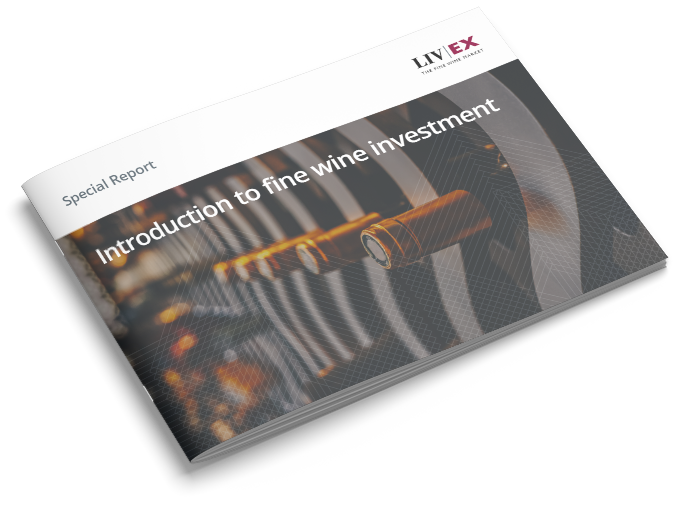Profile
Owner: Suravenir
Appellation: Saint-Estephe
Classification: Third Growth
Vineyard area: 95
hectares
Average annual
production: 240,000 bottles
Colour: Red
Standard blend: Cabernet
Sauvignon (60%), Cabernet Franc (10%), Merlot (30%)
Other wines: Marquis
de Calon (2nd wine, 40,000 bottles p/a)
History
Chateau Calon Segur dates back to the
twelfth century, when the estate sat in the Calones area of St Estephe; a
‘calon’ was a small river skiff once used to ferry timber in the Gironde
estuary. It was originally one of three vineyards in Saint-Estephe and was
owned by Monseignour de Calon, a Bishop in the community. Eventually the
property came in to the hands of Marquis Nicolas de Ségur: the ‘Prince of
Vines’, and owner of Lafite and Latour. The Marquis’ famous 18th century
proclamation – “I make my wine at Lafite and Latour, but my heart is in Calon”
– is eternalised in the trademark heart motif on the wine’s label.
From the late 1890s until recently the
chateau was owned by the Gasqueton family. Madame Denise Capbern Gasqueton died
in September 2011, and the estate was sold to the French insurance firm
Suravenir in June 2012. Petrus owner Jean-Francois Moueix was also confirmed as
a minority shareholder in the purchase, prompting speculation that prices for
Calon would rise.
Calon
climbing
As
shown in the chart below, Calon Segur was outperforming its parent index (the
Left Bank 200) even before the late June 2012 sale, and was already showing a one-year growth of 8.1%.
Fuelled by expectations that prices for future vintages would rise under the
new owners, prices for back vintages then leapt. While the Left Bank 200 has
flat-lined for the last 18 months, and the Liv-ex Fine Wine 50 has dipped,
Calon has climbed. Over a two year period it has risen 20.2%.
Since its sale, Calon’s recent vintages have seen solid price rises. The 2004 has risen 47.1%
and the 2007 is up 32.6%. Yet with many
recent vintages available for under £600 per 12×75, Calon remains relatively
affordable. The 2008 has scores of 93/100 from James Suckling and
17.5/20 from Jancis Robinson, and is described as ‘full and dense, […] superb
for the appellation’ by the former. With
a market price of £510 per 12×75, it looks good value.






